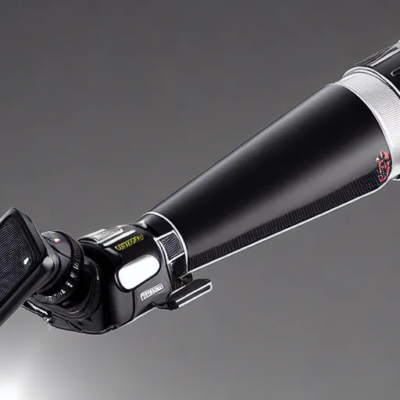Most knowledge workers don’t have proper tools that could ease their work. We talked about this in Part 1 and Part 2 of this post. You might want to read them first before reading this post.
Here we are going to talk about 3 forces that hinder the development of such tools and what you can do to overcome them.
“That’s how it’s done” mindset
Accepting the status-quo is one reason we don’t have specialized tools.
More often than not, we find ourselves working on a process set up at some point of time by we don’t know who and has stayed that way ever since. It has reached equilibrium. This templated way of doing things fits perfectly with our auto-pilot mode.
It is easier to follow a set of instructions than to go about devising new ones.
On the rare occasions when such paradigms are disturbed, it is done by somebody new in the town. The best time to innovate on a process is ‘early on’. Outsiders and novices are ignorant of best practices. If they are independent thinkers, they have an added advantage of being able to explore around and find new ways of doing things.
Their ideas may be labeled as ‘crazy’ or ‘toys’ by the industry veterans but sometimes these crazy ways prove to be better than what was considered ‘the best way’. After that, it is readily adopted by the experts.
A great example of this is how McDonald’s drive-thru system was inspired by the F1 pit-stop process.
It takes some work for people who have been ‘part of the game’ for quite some time to come to a fresh perspective but it’s possible. Here are some things you can try:
- Zoom-in or zoom-out of the current problem (generalize the problem)
- Find out how other industries are solving similar problems
- See if the solution can be ported to your problem
Staying up to date on advances outside your industry can help catalyze ideas in your mind.
Another way to come up with radical new solutions is to take your current solution off the table (e.g. what if you couldn’t use MS Office from tomorrow) – what would you do? You might find that you are using some tools only because they happened to be lying around at some time but they are terribly inefficient at tackling your problem.
Missing innovation soup ingredients
People who fund innovative projects (angel investors) are fond of big change and experiments only if one condition is met. The total addressable market: if the problem is solved in a new way, who all benefits? What’s the ‘multiplier factor’ of the solution?
Many unique solutions are devised by people trying to solve a problem in their own lives. They solve it to make their life easier but later realize that others are also facing the same problem. If you solve a $1 problem for yourself, you might not have just solved a $1 problem. If a million people are facing the same problem, you have solved a $1 million problem.
It is easy to miss on opportunities to innovate on problems that cause small discomfort to us. We might feel that it’s not ‘worth it’ to look for a solution to it. Keen observation is an important ingredient of the innovation soup.
Other times the innovation is blocked by the lack of prerequisites. In the 90’s and early 2000’s, progress in AI was sluggish due to lack of sufficient computing power. Help came from an unlikely place – the gaming industry. A group of researchers found that graphics processors (GPUs) could be repurposed to process massive amounts of data for AI applications. The ‘AI winter’ immediately ended.
Many times, innovation is an old solution wearing new clothes.
Innovation is also sometimes a by-product of the ecosystem. The billion dollar app Instagram was not possible if there would not have been advancements in camera (hardware) and affordable-speedy internet.
Explore past solutions that were ahead of their time and for that reason, didn’t work. See if any of the pieces that were missing back then are now available. That may lead you to a Eureka moment!
The feedback loop
Think about the pre-digital era. The major roadblock to innovation back then was the slowness of the feedback cycle. The friction to test new ideas was enormous.
Today you can literally print a car’s prototype and test and simulate its dynamics in a matter of days. Earlier, such testing could take months, if not years.
With the internet, you can pitch your ideas to the whole world. Projects like Kickstarter have made it possible to find the addressable market in a few days.
When we give everyone the superpower to solve problems, we see high growth in innovation. With tools like DALL-E, every good writer will become a painter too. Canva enables everyone to create well-designed content. The no-code movement is another example, where people with no programming skills are solving complex problems without writing a single line of code.
This is a massive shift.
See how you can take advantage of these developments and speed up the feedback loop to test out the new idea.
Enjoyed the piece? We will deep-dive further in follow-on articles. To get notified, subscribe


